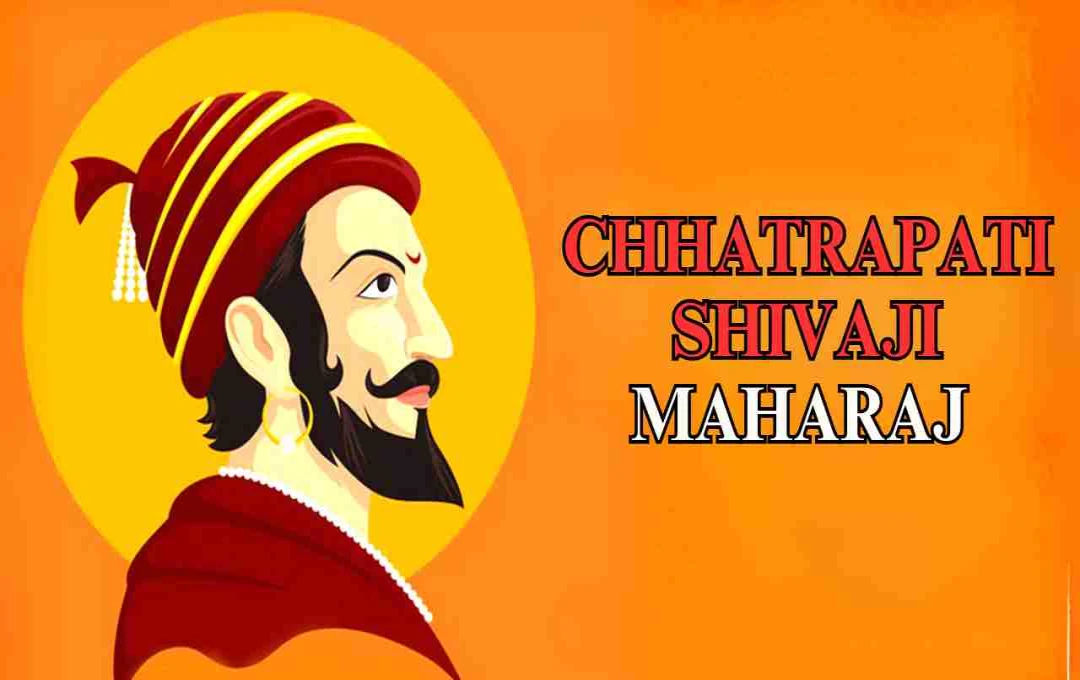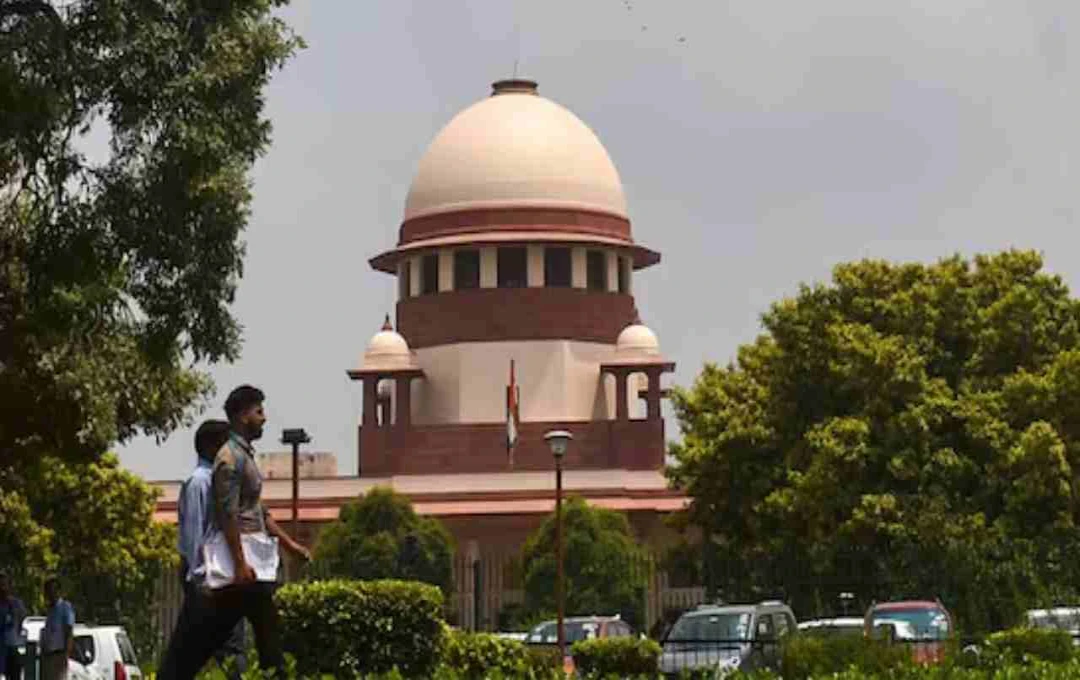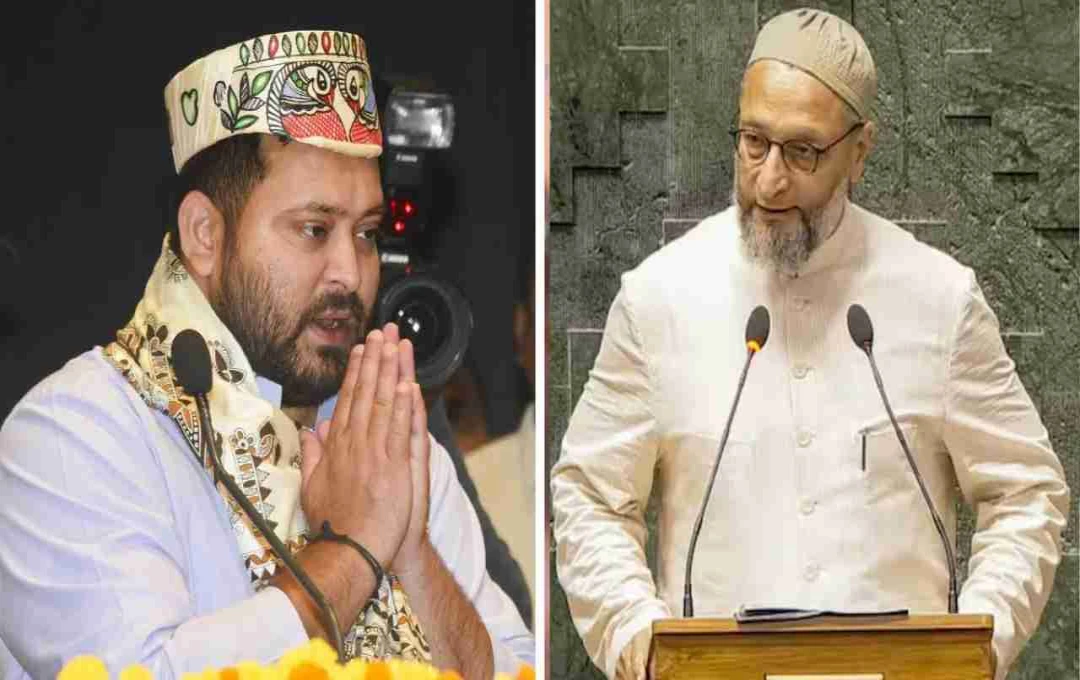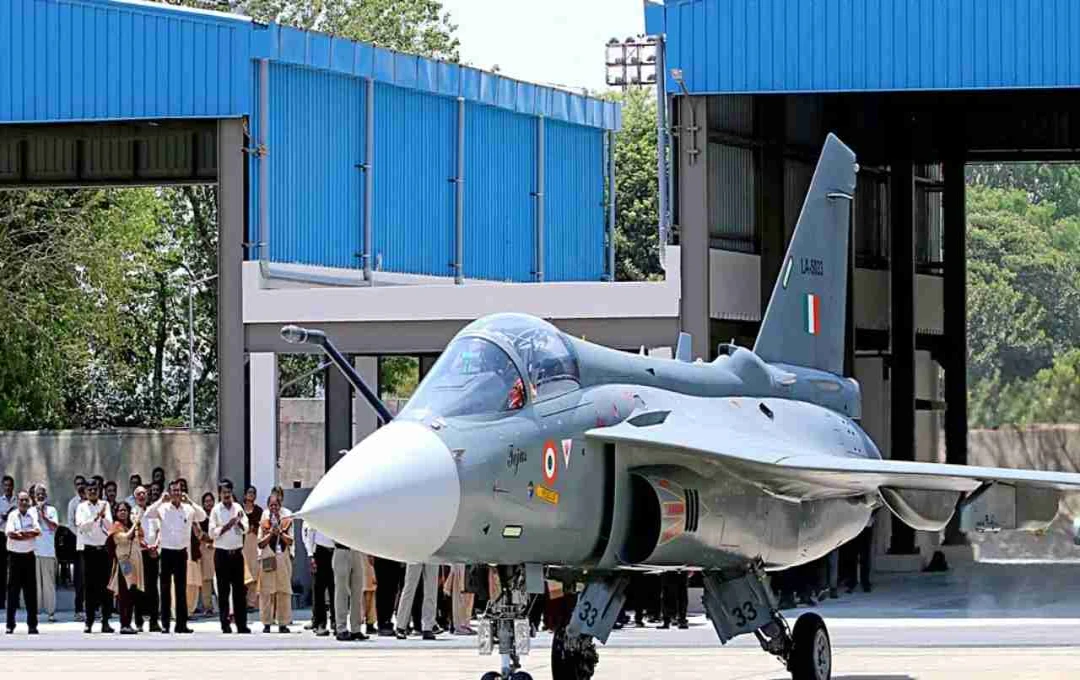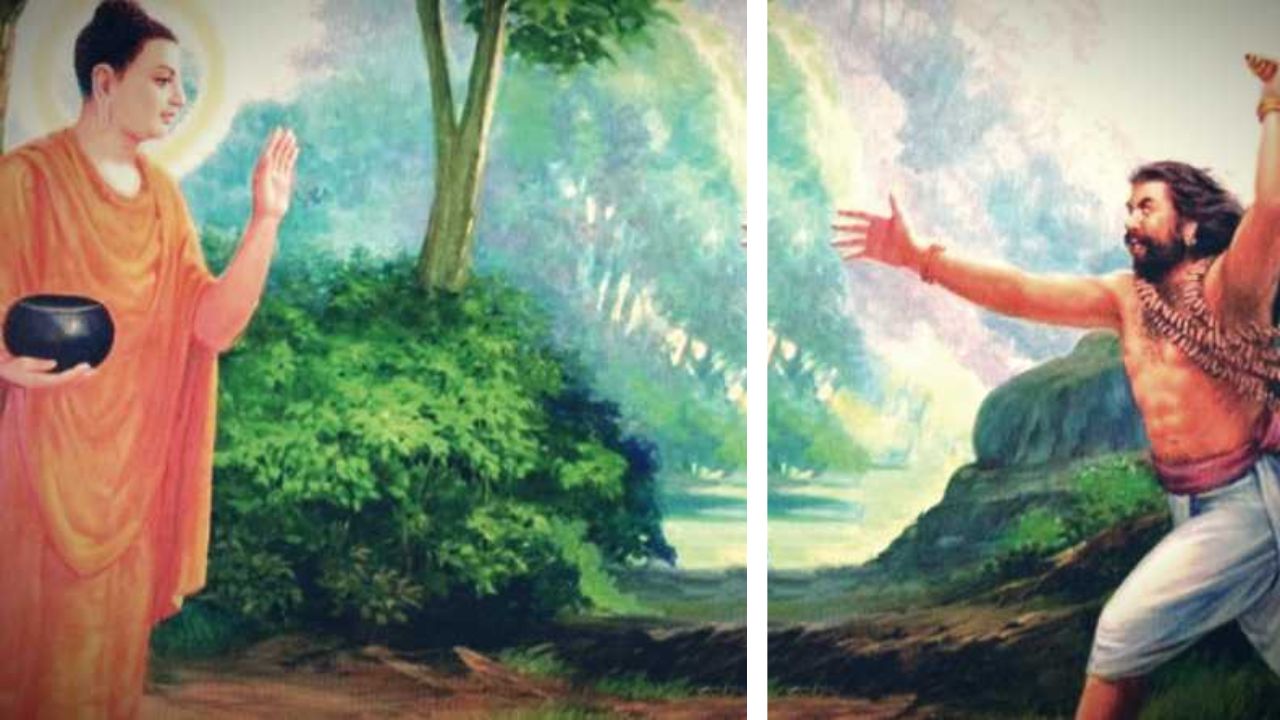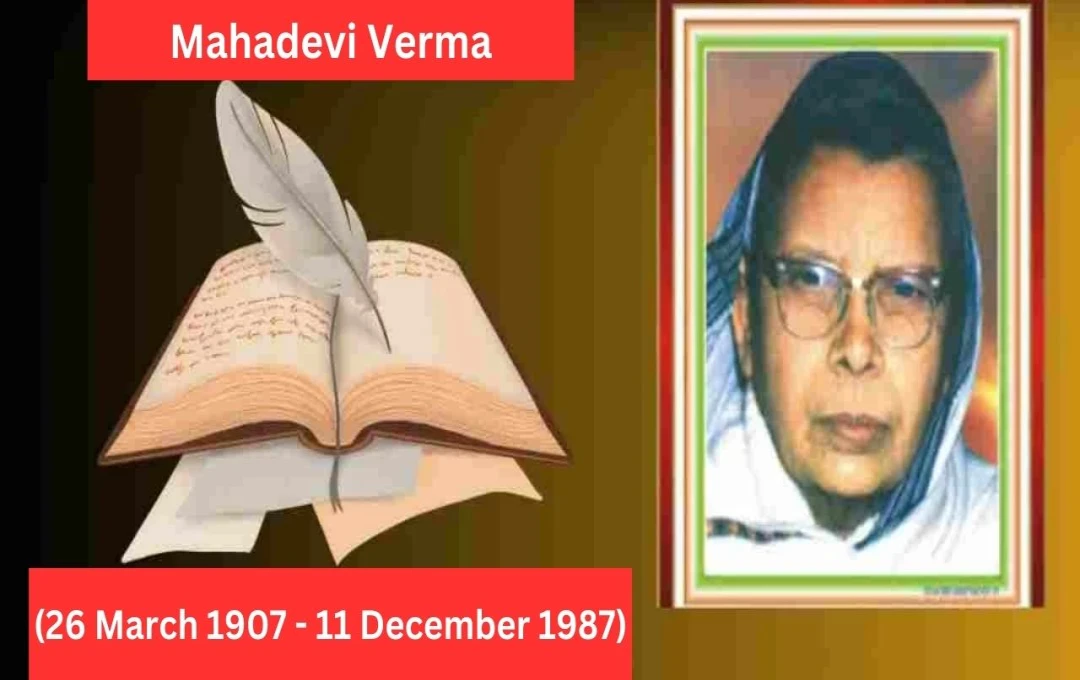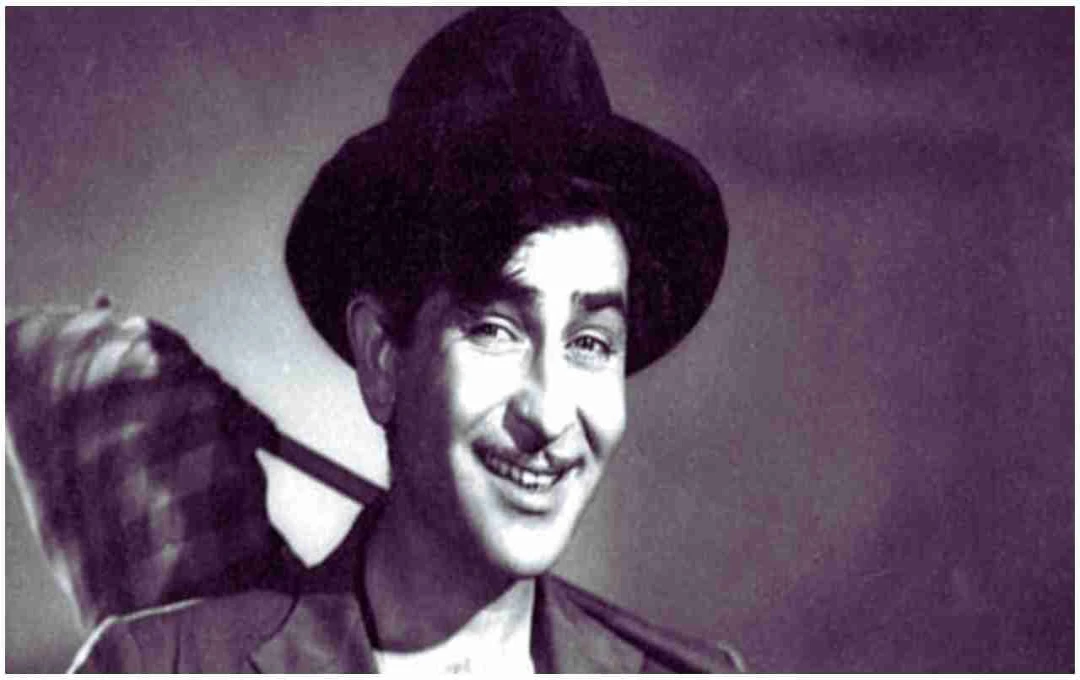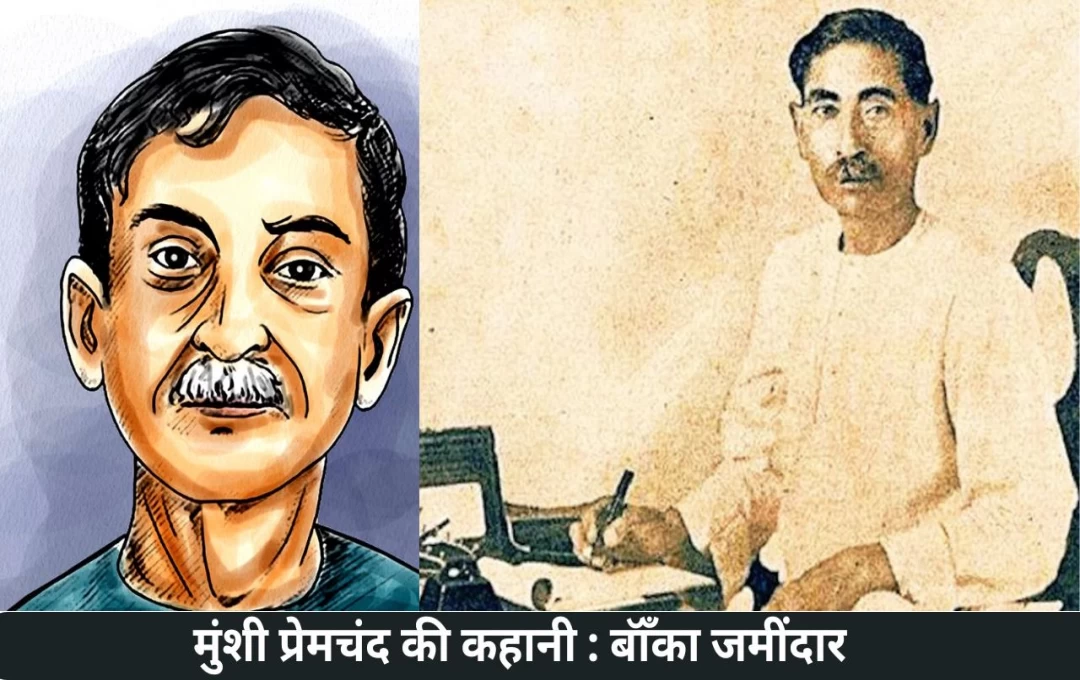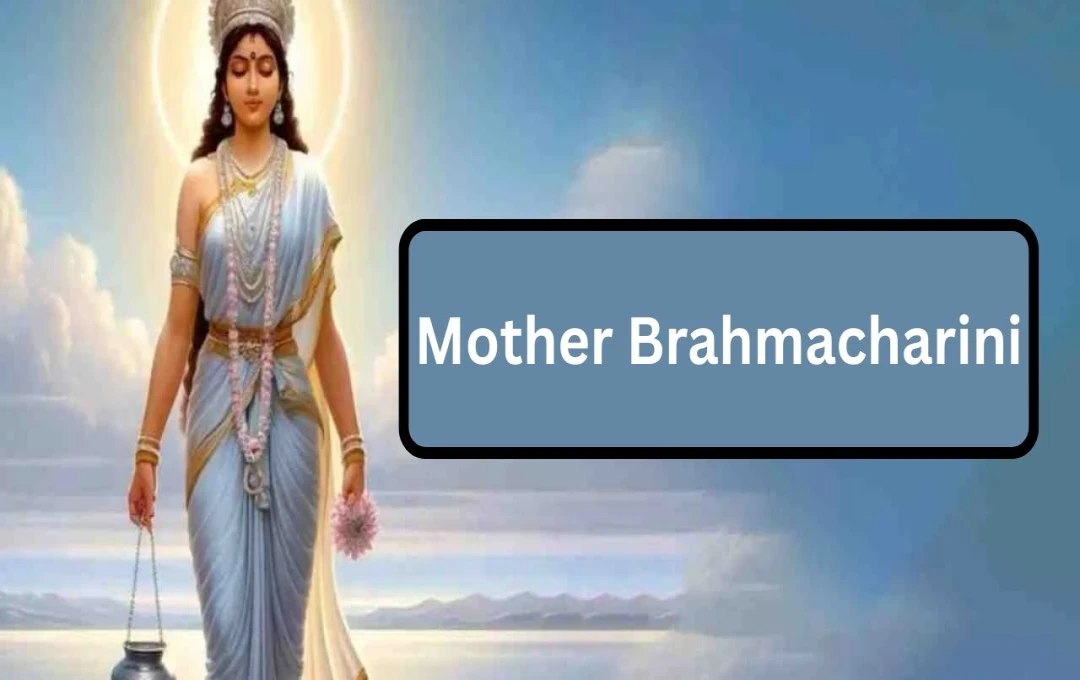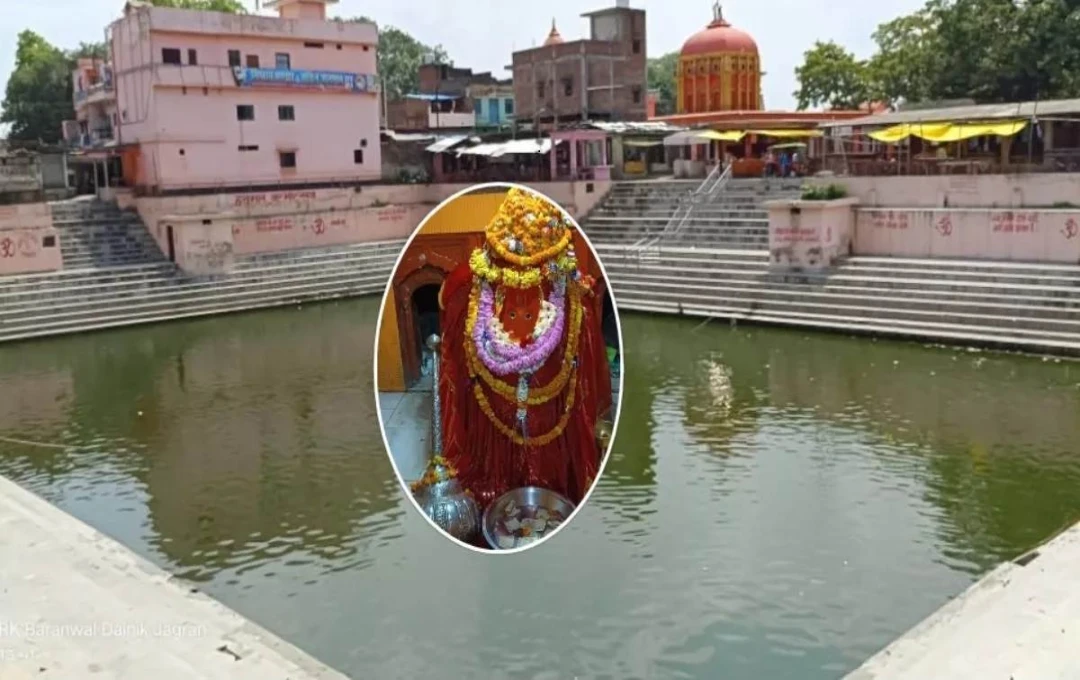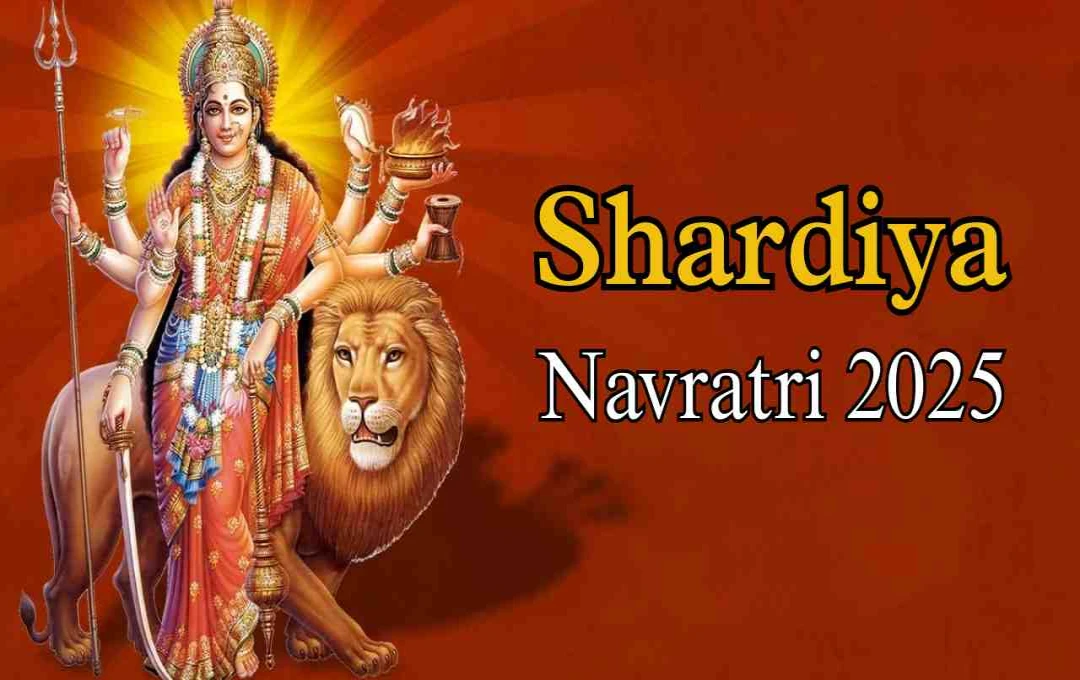Chhatrapati Shivaji Maharaj was a great warrior, skilled administrator, and pioneer of self-rule (Swarajya). He ignited the flame of freedom and self-respect in India by establishing the Maratha Empire. His life is a symbol of valor, policy, and devotion, which continues to inspire even today.
Shivaji: In the history of India, Chhatrapati Shivaji Maharaj's name is etched in golden letters. As a great warrior, skilled administrator, and people's leader, Shivaji not only laid the foundation of the Maratha Empire but also emerged as a symbol of Indian self-respect against foreign and domestic rulers. In this article, we will discuss in detail the life, struggles, achievements of Shivaji Maharaj, and the characteristics of the Maratha rule established by him.
Early Life and Background
Shivaji was born in Shivneri Fort on February 19 (although scholars have differing opinions regarding the date of birth). He was the son of Shahaji Bhosale and Jijabai. Shahaji was a Maratha military leader who served southern sultanates such as Bijapur and Ahmednagar. Jijabai, a religious and influential woman, deeply instilled in Shivaji a sense of religion, courage, and justice. Shivaji spent his childhood in Pune, where he was educated and trained by Dadaji Konddev. From his early years, signs of leadership ability, martial skills, and strategic thinking were clearly visible in Shivaji.
Struggle Against the Bijapur Sultanate
In his adolescence, Shivaji began to conquer independent forts, disregarding the Bijapur Sultanate. In 1646, at the age of only 16, he captured Torna Fort and used the wealth obtained from there to build Rajgad Fort. After this, he brought important forts like Purandar, Kondana, Chakan under his control. Seeing Shivaji's growing power, Bijapur imprisoned his father, Shahaji. After Shahaji's release in 1649, Shivaji observed a ceasefire for some time, but soon he captured the Javli Valley, which was a decisive step in the direction of his strategic expansion.
Encounter with Afzal Khan and Victory of Pratapgarh
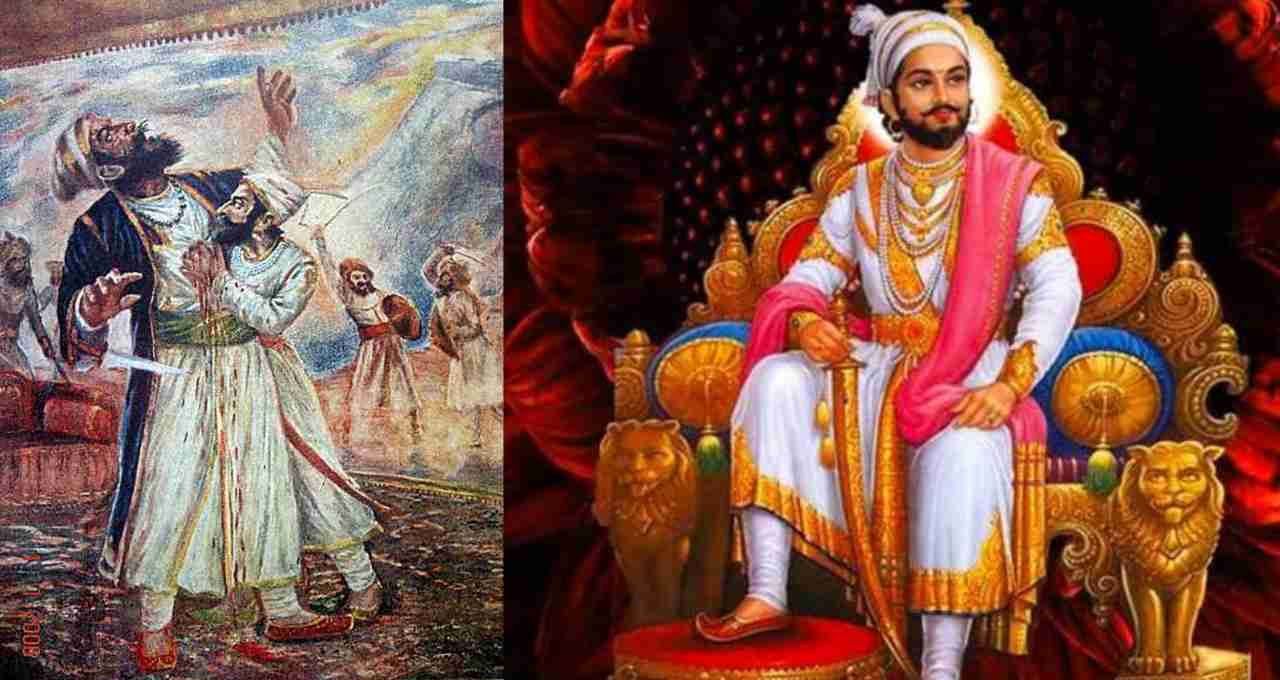
In 1657, Afzal Khan, the powerful general of Bijapur, was sent to capture Shivaji. Both met in a hut near Pratapgarh, where Shivaji strategically killed Afzal Khan. After this, the Maratha army suddenly attacked and defeated the Bijapur army. This was Shivaji's first major military victory, which established him as a powerful leader.
Conflict with the Mughals and Attack on Shaista Khan
Shivaji initially tried to befriend the Mughals, but when he did not receive respect, he started attacking the Mughal territories. In 1663, he attacked the Mughal governor Shaista Khan, who was residing in Pune, at night and injured him. This incident deeply hurt the reputation of the Mughals. In return, Aurangzeb sent Jai Singh against Shivaji. Jai Singh's army captured many of Shivaji's forts, as a result of which the Treaty of Purandar took place in 1665. Shivaji had to hand over 23 forts to the Mughals and he was accepted as a vassal.
The Historic Escape from Agra
In 1666, Shivaji and his son Sambhaji were summoned to Agra by Aurangzeb. There they were insulted and imprisoned. Showing intelligence and courage, Shivaji successfully escaped from Agra hidden in sweet baskets. This became one of the most talked about events in Indian history.
Re-empowerment and Expansion of the Empire
After returning from Agra, Shivaji again accelerated his military campaigns. In 1670, he recaptured the forts lost to the Mughals and once again attacked and looted Surat. He also clashed with the British when they refused to give him weapons. Shivaji not only increased his strength on land but also recognized naval power and formed an organized navy. He built many forts on the Konkan coast, which strengthened the maritime security of the Maratha Empire.
Coronation and Establishment of Hindavi Swarajya

In 1674, Shivaji was formally crowned at Raigad Fort and given the title of 'Chhatrapati'. In this ceremony, Brahmins performed the consecration with Vedic rituals. He declared himself a Hindu king and established Hindavi Swarajya – a state based on religion, culture, and justice. Shivaji's coronation gave him legal and religious legitimacy. Now he was not just a rebellious chieftain but a legitimate emperor. This coronation gave a new consciousness and sense of pride to the Marathas.
Administrative Reforms and Policies
Shivaji was not only a great warrior but also a skilled administrator. He created an organized and responsive administrative system. There were eight ministers in his administration who were called 'Ashtapradhan'. These included Peshwa, Amatya, Sumant, Mantri, Senapati, Sachiv, Panditrao, and Nyayadhish. He established direct contact with the farmers, simplified and made the tax system fair, and created a secret intelligence system to monitor the officers. His administration was secular and he gave justice to people of all castes and religions.
Succession and Final Time
Shivaji passed away on April 3, 1680, in Raigad. After his death, his son Sambhaji Maharaj took over the reins of the empire. Although Shivaji's life was relatively short, the impression he left with his actions and ideas is indelible in Indian history.
Chhatrapati Shivaji Maharaj laid the foundation of a powerful Maratha empire with his unique courage, foresight, and organizational skills. He fulfilled the dream of Hindavi Swarajya and awakened a sense of self-respect and freedom in the Indian public. His life remains a source of inspiration even today.
